About “Exploring World Heritage & Sustainable Tourism through the lens of Heinz Plenge”
About World Heritage and Sustainable Tourism
This digital exhibition stems from the desire to promote World Heritage and sustainable tourism, meaning the type of tourism that does not ruin the environment and respects the local culture, in order to create a deep relationship between tourists and the indigenous populations.
In order to better understand the work of Heinz Plenge and his view on World Heritage and sustainable tourism, here are some basic concepts on the topic.
Heritage
“Heritage is our legacy from the past, what we live with today, and what we pass on to future generations. Our cultural and natural heritage are both irreplaceable sources of life and inspiration.” (https://whc.unesco.org/pg.cfm?cid=160)
World Heritage
“World Heritage is the designation for places on Earth that are of outstanding universal value to humanity and as such, have been inscribed on the World Heritage List to be protected for future generations to appreciate and enjoy.” (https://whc.unesco.org/en/faq/19). World heritage sites thus belong to all the people of the world, independently of where they are located. This also implies that everyone is responsible for and has to contribute to their conservation for future generations. In 2021, this list includes 1007 natural and cultural sites inscribed on the World Heritage List. Popular examples are the Taj Mahal in India, Machu Picchu in Peru, the Great Cannony in the USA, the Great Barrier Reef in Australia or the Acropolis in Greece.
Cultural heritage includes both tangible (landscapes, historic sites, monuments, buildings and artifacts) and intangible (practices, expressions, knowledge and traditions of a specific cultural identity) heritage.
Beyond natural and cultural heritage there are also Biosphere Reserves, that are territories which implement sustainable development in connection with the 17 Agenda 2030 goals. They are sites for testing interdisciplinary approaches to understanding and managing changes and interactions between social and ecological systems, including conflict prevention and management of biodiversity. Biosphere Reserves comprise terrestrial, marine and coastal ecosystems of different biotic networks, offering an indispensable example of life’s diversification.
Furthermore there are so-called Geoparks, which are areas with a geological heritage and worldwide significance. Their conservation and promotion increase awareness of key issues of climate change related hazards in close connection with local communities. Sustainable tourism in geoparks, aims to sustain and even enhance, the geographical and historical identity of all sites.
World Heritage thus includes:
- World Heritage Sites (WHS), grouped into natural, cultural and mixed sites (list of Tentative WHS: https://whc.unesco.org/en/tentativelists/)
- Intangible Heritage (IH)
- Biosphere Reserves (BR)
- Geoparks (GP)
Role of UNESCO
UNESCO stands for United Nations Educational, Scientific and Cultural Organization. It encourages the identification, protection and preservation of cultural and natural heritage of outstanding value to humanity. Its role is defined in the Convention concerning the Protection of the World Cultural and Natural Heritage, adopted by UNESCO in 1972.
Sustainable Development applied to World Heritage
In order to safeguard natural and cultural heritage, it is necessary to develop an economy which strengthens society (biosphere reserves & geoparks). To do so the four main actors on a territory (communities with an entrepreneurial attitude, social responsible companies, public institutions and governments granting the application of rules and academia and science assuring the quality of projects) need to collaborate as equally represented partners (4-legged table of sustainability). Sustainable tourism in heritage sites, biosphere reserves, and geoparks is in fact the result of such collaboration. In these places respect for natural and cultural resources, visitors and locals is fostered in order to create a sustainable interplay between all involved partners and protectable resources.
To order to give your own contribution to sustainable tourism, please sign the “The Sustainable Tourism Pledge” https://unescosustainable.travel/.
About the Project and its People
In order to promote world heritage and sustainable tourism, the creators of the project, the UNESCO Chair in ICT to develop and promote sustainable tourism and world heritage sites – Università della Svizzera italiana and the UNESCO Chair in Anthropology of Health, Biosphere and Systems of Heal – Università di Genova, decided to draw on the work of Heinz Plenge, a Peruvian photographer and conservationist who explored Peru and the world by photographing the most varied geographical, natural, historical and cultural aspects of world heritage. Plenge is a great supporter of sustainable development. A large part of his photos enhances the beauty of unspoiled nature and the charm of populations who continue to live like their ancestors, rejecting the canons of modern society. Adine Gavazzi of the UNESCO Chair in Anthropology of Health, Biosphere and Systems of Heal, in some occasions accompanied Heinz Plenge on his expeditions.
The students of the Master of Public Management and Policy of USI, Università della Svizzera italiana, were involved in the realization of this unique project. The students, divided into three groups, dealt with various aspects concerning the development of this initiative.
Group 1 created the site hosting the digital exhibition and devised the best way to layout and organize the images in order to enhance Plenge’s work. For the division of the images, the official categories for UNESCO World Heritage Sites were used: Cultural Heritage Sites, Intangible Cultural Heritage, Natural Heritage Sites and Mixed Heritage Sites.
Group 2 selected the images and, with the help of Heinz Plenge and Adine Gavazzi, developed the stories behind them.
Finally, group 3 promoted the event that will include a UNESCO Chairs dialogue with Plenge about the importance of sustainable tourism and the challenges faced by World Heritage Sites today.
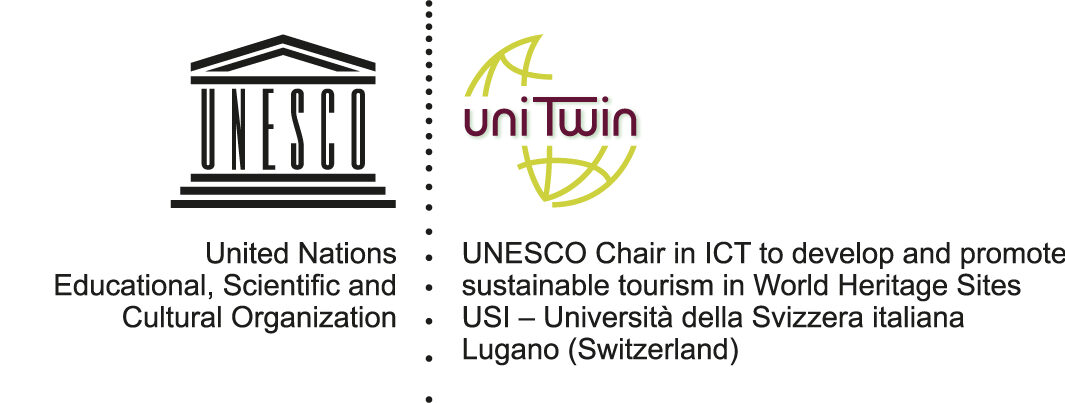
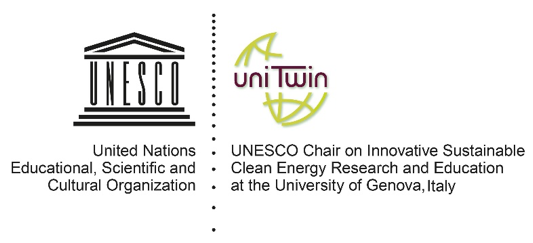
The photographer
Heinz Plenge is a very famous photographer and a conservationist, with several magazines in the sector reporting his name under best published shots. He is mostly recognized for his photographs of nature: the passion for the latter has accompanied him throughout his career, has led him to take an active role in the field of environmental conservation and in the transmission of cultural heritage, especially that of indigenous populations. His work has also been praised in academia thanks to his collaboration with UNESCO: a real convergence of ideas that has allowed to translate a universal language such as photography, of which Heinz Plenge is a master, into a concrete project, a digital exhibition. The photographer’s approach is always respectful of the ancestral traditions of the people whose story he tells through his camera; his goal is to capture the true essence of the places and people he portrays. With his lens he immortalizes the essence of the subject, highlighting its vital character through attention to detail.
Plenge became a photographer in a very curious way: when he was a child, he cultivated a passion for hunting and photography, two extremes united by the possibility of getting in touch with his beloved nature. At the age of 21 – during a hunting trip – he chose his camera instead of his rifle, and instead of putting an end to the life of a deer in front of him, he decided to make it immortal by taking a photograph of it. His love for nature, ancient cultures and his land is perfectly enclosed in his wonderful shots, which are nothing but branches of a single tree, guided by passion. His latest project, entitled “Origins”, deals with tracing the history of mankind, starting from Africa, then passing through Europe, Asia and America, the last place touched by humankind. Thanks to the deep knowledge of the places, traditions and people he immortalizes, Plenge is able to express himself at his best and give life to real masterpieces. This is where the power of his message lies: through a photograph Plenge manages to tell the story of territories in an effective way, allowing everyone to take a trip around the world in just a few moments.
For further details about Heinz Plenge, visit his official website


Group 1: Exhibition Design
Gaia Caruso
Italian, born in 1997, she obtained a Bachelor’s degree in Comunication, cultural and society at USI in Lugano. She is currently attending the Master in Public Management and Policy at USI.
Marta Trutalli
Italian, born in 1997, she earned her Bachelor’s Degree in Public Relations and Corporate Communication at Iulm University in Milan. She is currently attending the Master in Public Management and Policy at USI.
Shaumika Naganathan
Swiss, born in 1997, she holds a Bachelor of science in Business Administration with Major in Banking and Finance at the SUPSI in Lugano. She is currently attending the Master in Public Management and Policy at USI.
Christian De Jesus Da Cunha
Portuguese, born in 1998, he holds a Bachelor of science in Business Administration with Major in Banking and Finance at the SUPSI in Lugano. He is currently attending the Master in Public Management and Policy at USI.
Group 2: Content Creation
Giacomo Maria Braghin
Italian, born in 1998. He holds a Bachelor’s degree in Linguistic sciences for International relations at Università Cattolica. He is currently attending the the Master in Public Management and Policy at USI.
Beatrice Re
Italian, born in 1998. After earning a Bachelor’s degree in Economics and Management, she moved to Lugano to attend the Master in Public Management and Policy at USI.
Elia Perucchi
Swiss, born in 1996. He holds a Bachelor’s degree in Comunication, cultural and society at USI in Lugano. He is currently attending the Master in Public Management and Policy at USI.
Giuliano Giovanardi
Swiss, born in 1995. He holds a Bachelor’s degree in Economic sciences. He is currently attending the Master in Economics and Data Science.
Lorenzo Bertoli
Italian, born in 1997. He holds a Bachelor’s degree in Communication sciences at Università degli studi dell’Insubria. He is currently attending the Master in Public Management and Policy at USI.
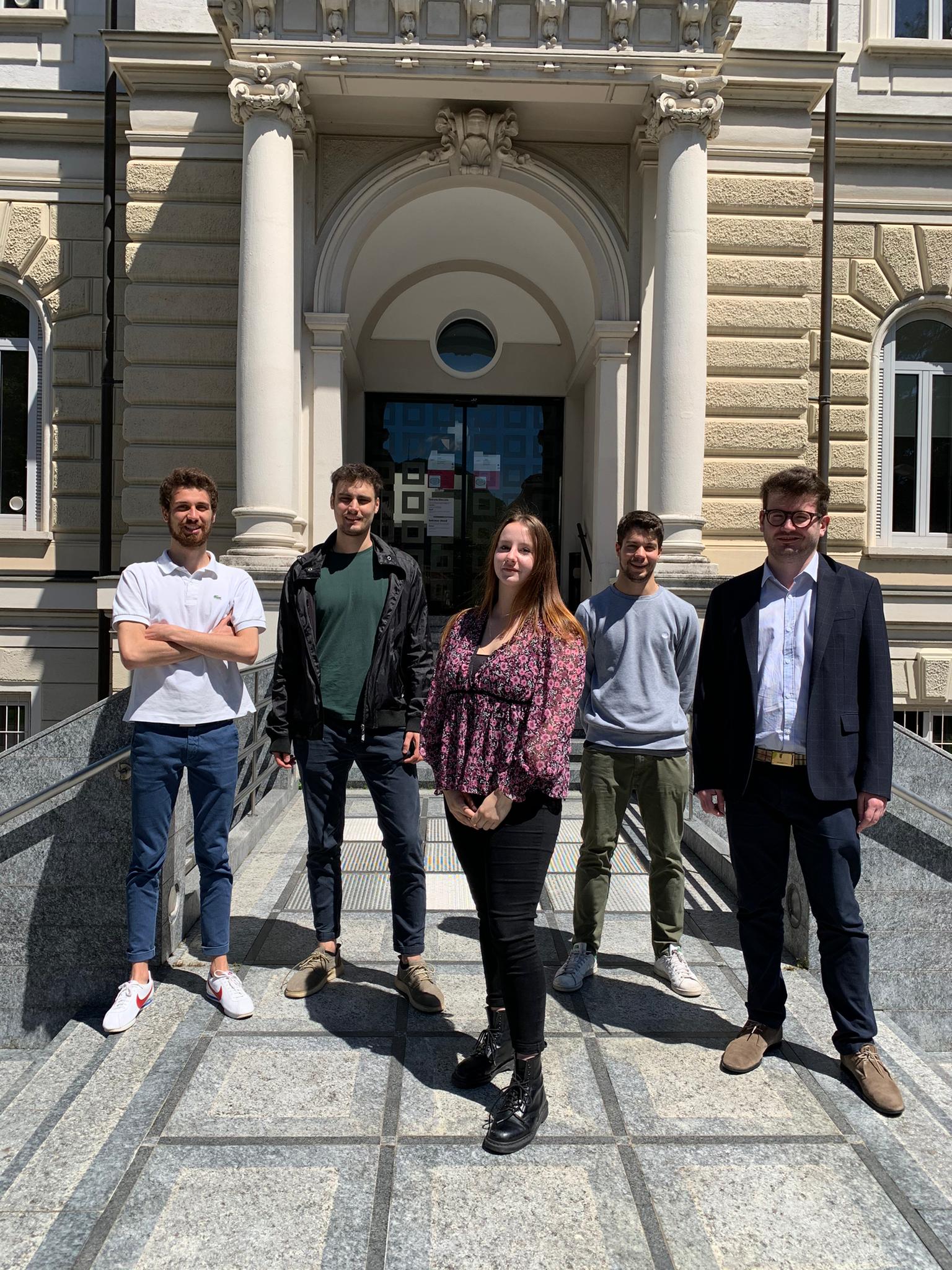
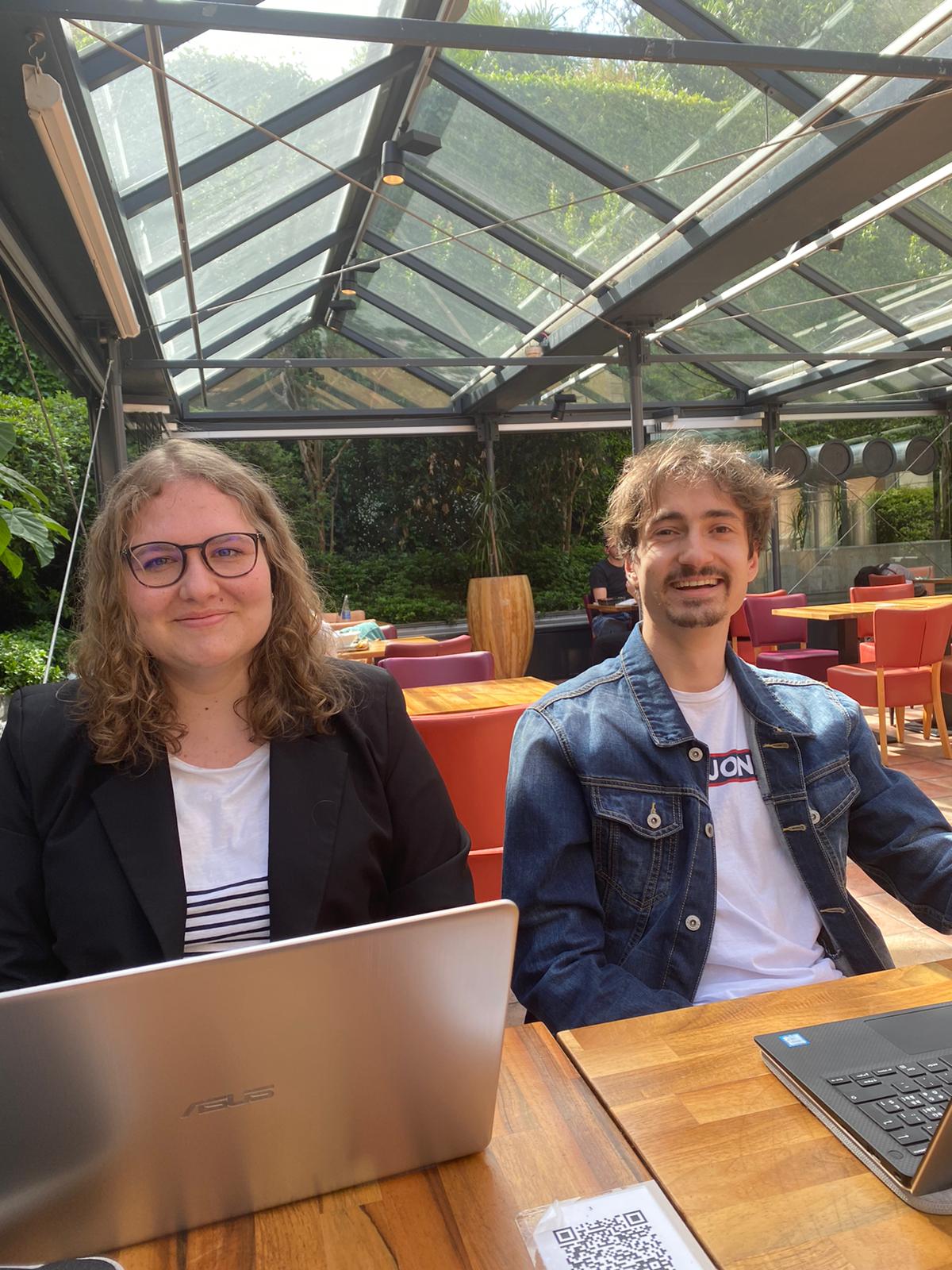
Group 3: Promotion and Event Organization
Laura Guerra
Swiss, born in 1995, she holds a Bachelor of Laws in King’s College in London and a Master in Human Rights Studies from Columbia University. She is currently attending the Master in Public Management and Policy at Usi.
Stefano Rossini
Swiss, born in 1998, he obtained a Bachelor’s in Political Science at the University of Lausanne. He is currently attending the Master in Public Management and Policy at Usi.
Wafaa Meguenouni
Moroccan, born in 1995, she obtained a Bachelor’s degree in International relations at the University of Bologna. She is currently attending the Master in Public Management and Policy at Usi.
Representatives of the UNESCO Chair
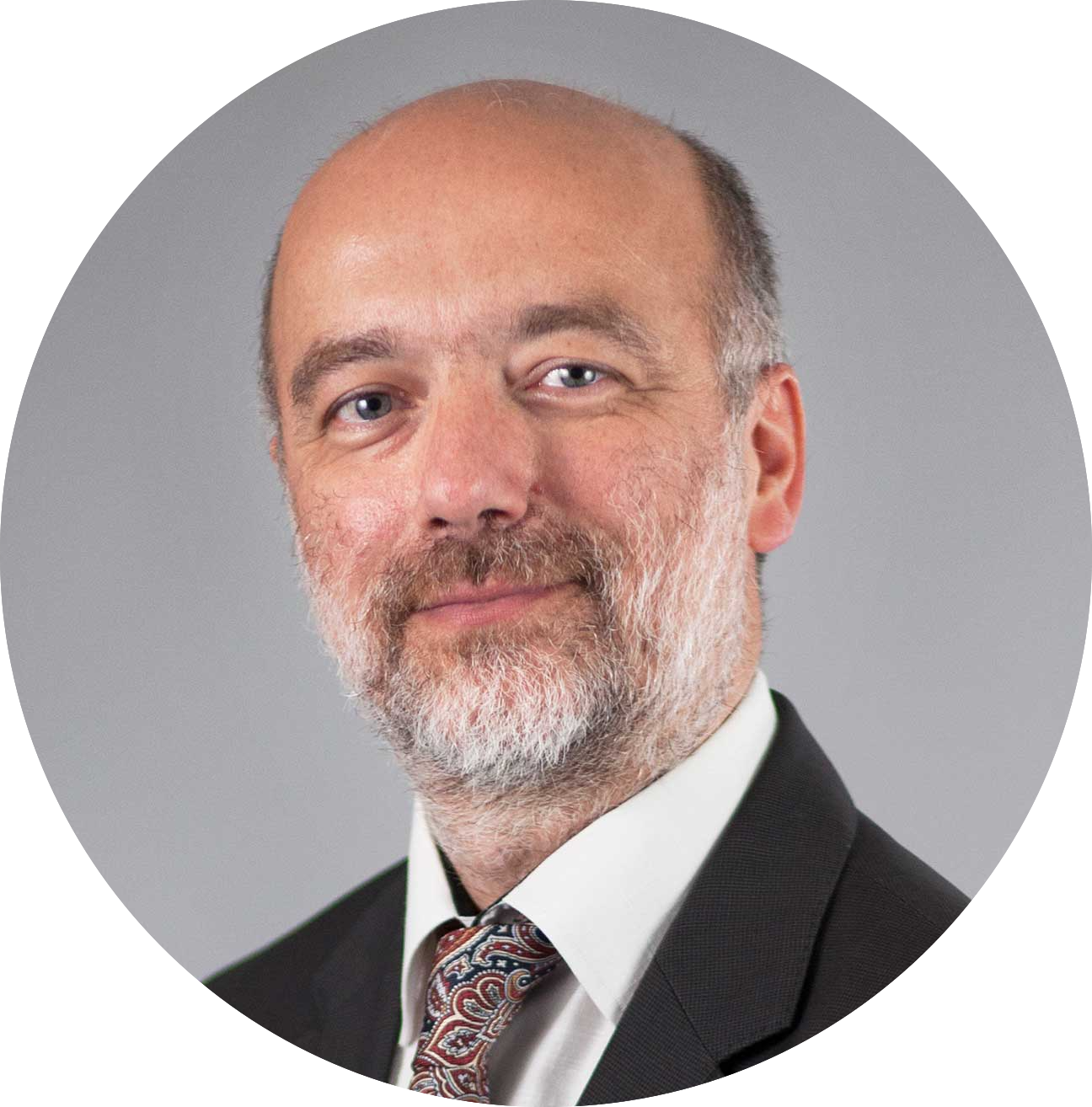
Prof. Lorenzo Cantoni
Chair holder, UNESCO Chair in ICT to developing promote sustainable tourism and World Heritage Sites.
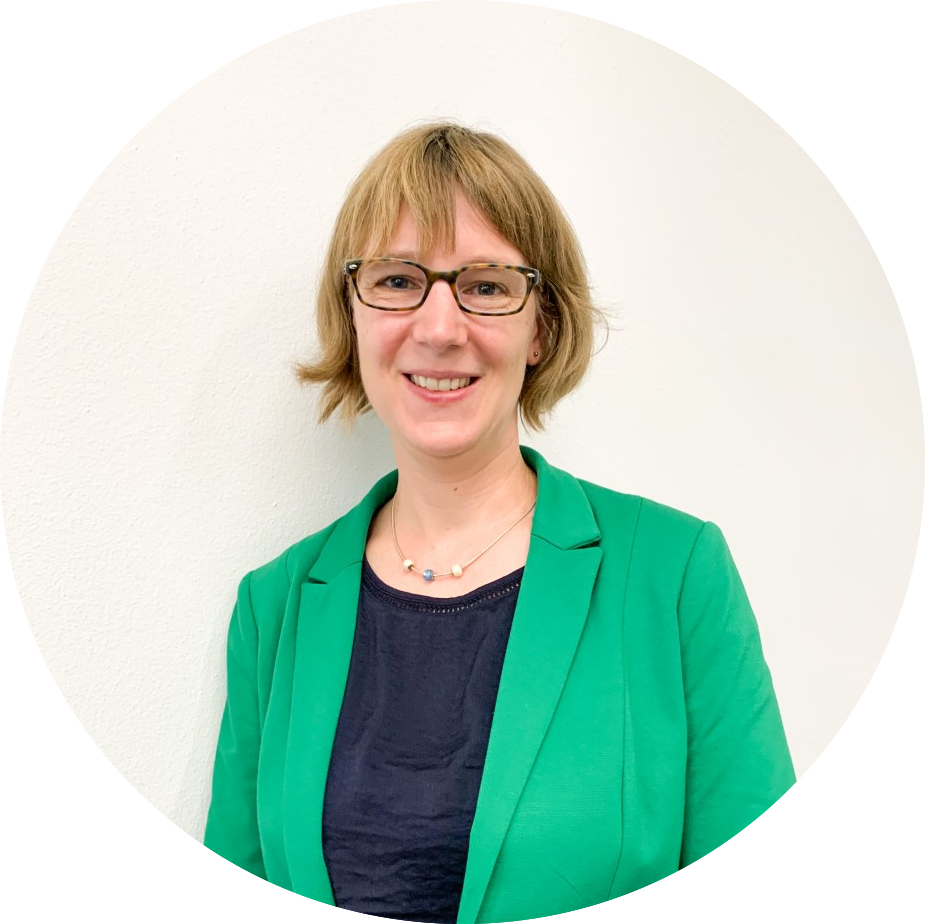
Dr. Anna Picco-Schwendener
Research associate, UNESCO Chair in ICT to developing promote sustainable tourism and World Heritage Sites.
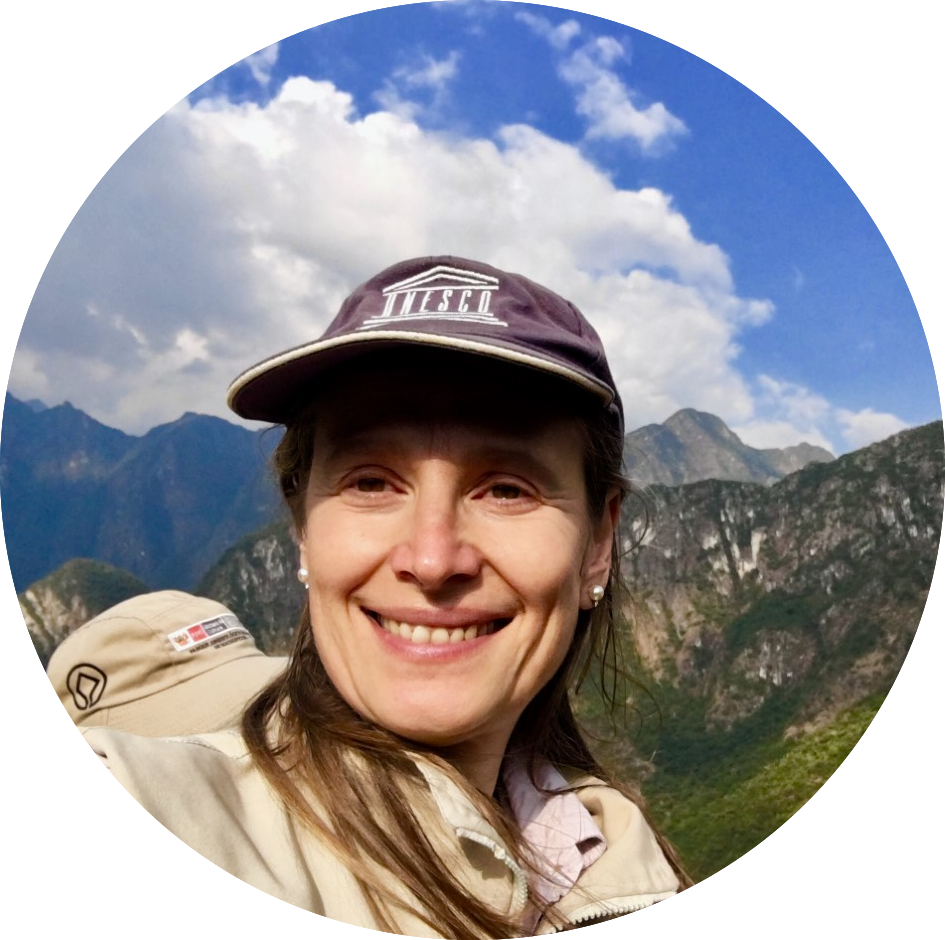
Dr. Adine Gavazzi
UNESCO Chair in Anthropology of Health -Biosphere and Systems of Heal.